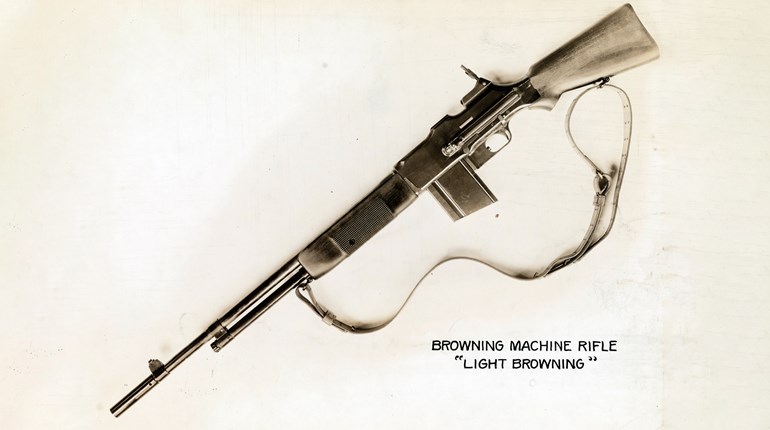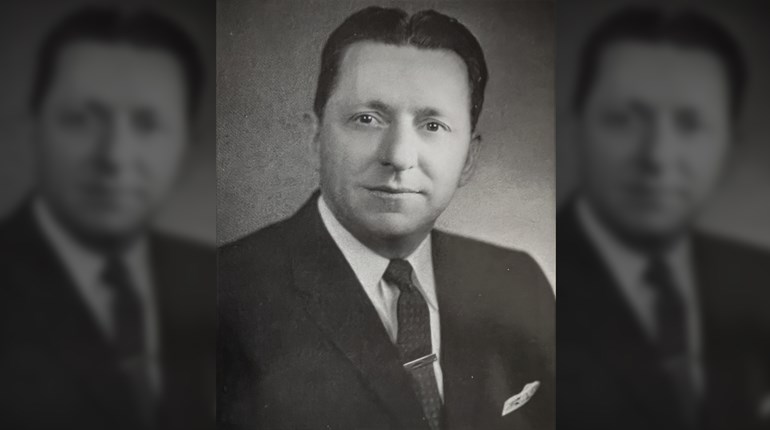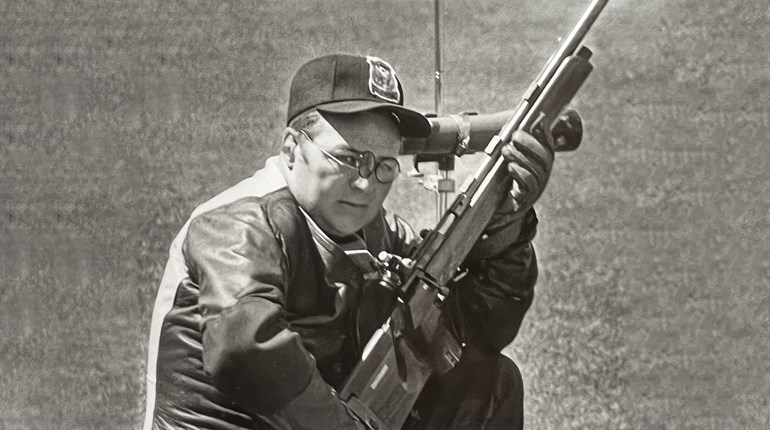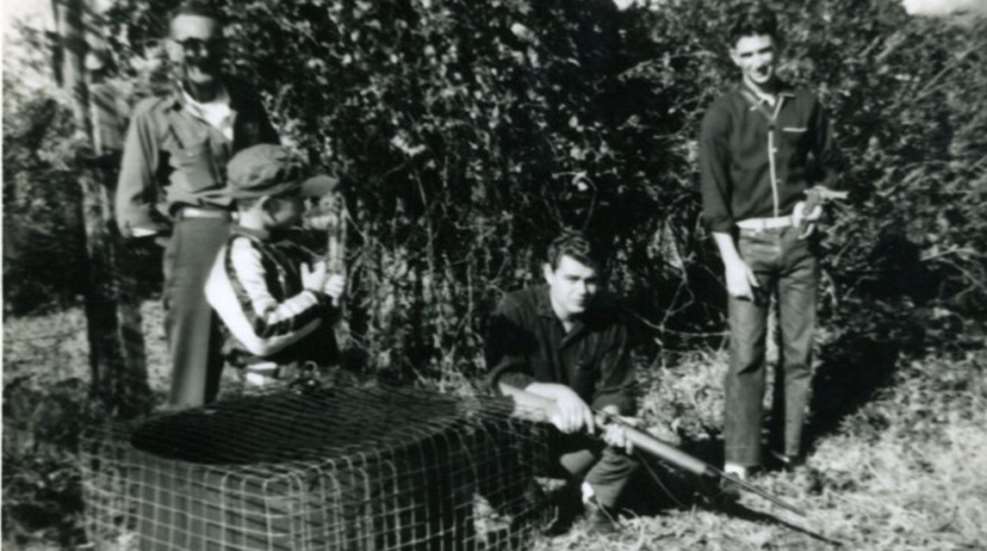
Ask anyone what kind of gun they used when they learned how to shoot as a child, and they will almost always say it was some kind of .22-caliber pistol or rifle. In the early 20th century, one such popular rifle was the Stevens Model 15, which was an affordable, easy-to-use, single-shot rifle.
The Model 15 was intended for the boy’s rifle market. Early models had a 22-inch barrel, and later models had a 24-inch barrel. Regardless of barrel length, they usually tipped the scales at under 4 pounds. Technically a bolt-action, it was a simple single-shot design. The bolt operated like any other bolt-action rifle, except that after extracting the fired cartridge case, there was no magazine that would allow the loading of another cartridge. Instead, the next round had to be manually loaded.
For the first 10 years of production, which were 1937 to 1947, it was billed as the Springfield Model 15. In 1948, it became known as the Stevens Model 15, and remained as such through 1965. In other instances, the rifle was known as the Model 120, and thousands were manufactured as “store brand guns” for companies such as Sears, Montgomery Ward, JCPenney and others, through 1971.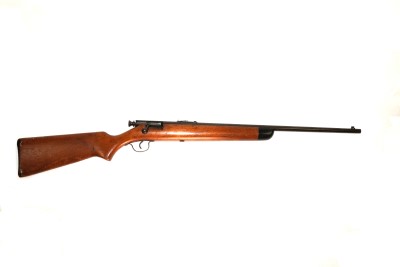
This particular gun is a Stevens Model 15-A. The exact year of production is unknown because it was made before Federal law required each gun to have a serial number, but we do know that it was made some time before 1958. We know this because the gun shows up in old family photos that are positively dated to that year.
Now, the gun in and of itself as an example of a run-of-the-mill Stevens Model 15-A is rather unremarkable, having virtually no collector value and a resale value of $100 or so. What makes this particular gun so special is the person who learned to shoot with it. This Stevens Model 15-A belonged to a family from Arkansas, and one of the boys who learned to shoot with this gun was Carlos Norman Hathcock II.
Born in 1942, Hathcock enlisted in the Marine Corps on May 20, 1959--the very day he turned 17. His previous skill as a marksman had won him a variety of matches and trophies at places like Camp Perry in Ohio. His proficiency with a rifle gained the attention of Edward James “Jim” Land, one of Carlos’ commanding officers in Vietnam, who trained him in an early version of a sniper school.
By the time he left Vietnam for the second--and final--time in 1969, Carlos had cemented his legacy as one of the most accomplished Marine Corps snipers of all time, with a total of 93 confirmed kills. The key word there is “confirmed,” as Carlos estimates his actual number to be somewhere between 300 and 400.
It was not uncommon for Carlos to spend days on end inching through fields toward the enemy, so well disguised that he was almost stepped on by a Vietnamese soldier one time and almost bitten by a viper another time.
Locally, he became known as “Long Tr'ang”--or “White Feather”--because he kept one in his hatband at all times while in-country. Hathcock’s skill as a sniper quickly made him “Public Enemy #1” to the Vietcong. They even went so far as to offer a bounty on his head worth a staggering equivalent of $30,000. Normally, bounties rarely got higher than a few thousand dollars.
By far, the most impressive shot he ever made was when he took out an enemy sniper who had been dispatched to kill him. While lying in wait, Carlos caught a glimpse of light that flashed off of the enemy’s scope. After making the shot, it was discovered that Hathcock’s round went right down the center of the scope and struck the enemy sniper in the eye, killing him instantly.
It’s important to note, however, that just because Hathcock was good at what he did, didn’t mean that he was heartless or relished in the killing of human beings. In an interview, he said, “I like shooting, and I love hunting. But I never did enjoy killing anybody. It's my job. If I don't get those b*****ds, then they're gonna kill a lot of these kids dressed up like Marines.”
Carlos left Vietnam in 1969 after being badly injured and burned when a vehicle he was riding in struck an anti-tank mine. He pulled seven fellow Marines from the fiery wreck, and received the Purple Heart for his actions; a Silver Star came decades later. Once he recovered and was firmly reestablished back in the United States, Hathcock helped Jim Land establish the Marine Corps Scout Sniper School in Quantico, Virginia. In 1975, he was diagnosed with multiple sclerosis and was medically retired from the Marine Corps.
Despite the pain from his disease, Carlos continued to offer sniper training to military and law enforcement agencies throughout the country for the rest of his life. In 1999, he lost his battle with MS at just 56 years old.
Carlos Hathcock’s story is the ultimate testament to what can be done when a small spark from a small gun like the Stevens Model 15-A ignites the passion for marksmanship. Donated by his brother, Billy Jack Hathcock, the visually unremarkable rifle on which one of the Marine Corps’ most celebrated snipers of all time learned to shoot is in the collection of the National Museum of the Marine Corps in Quantico, Virginia.














